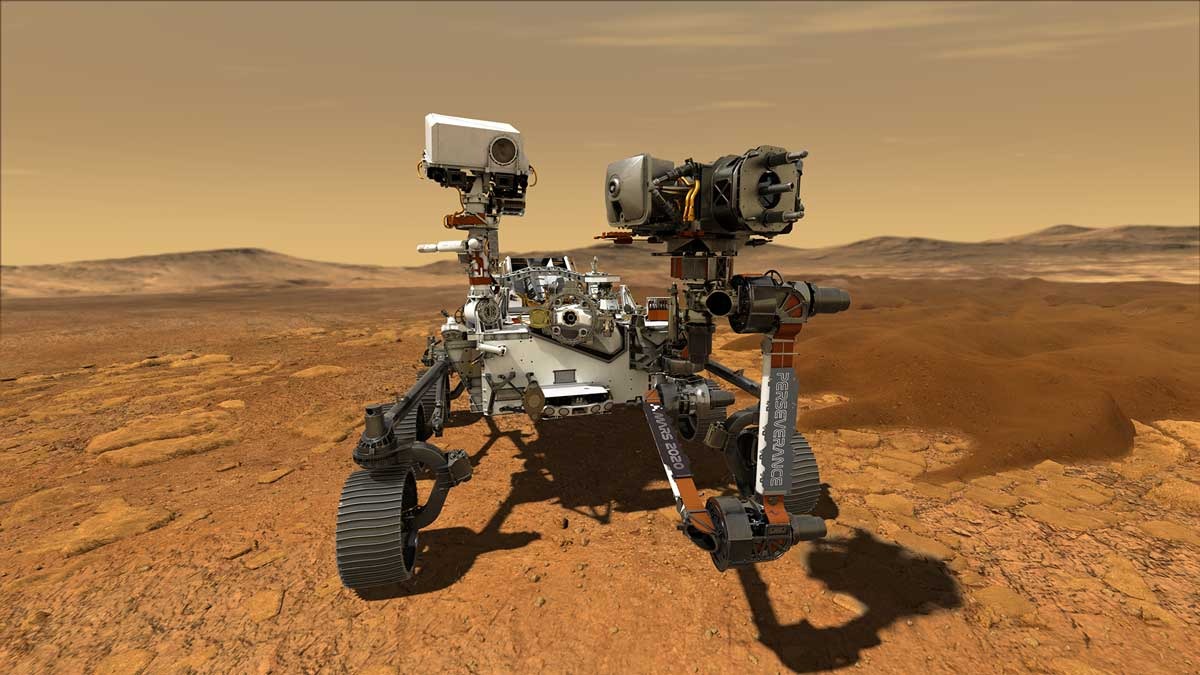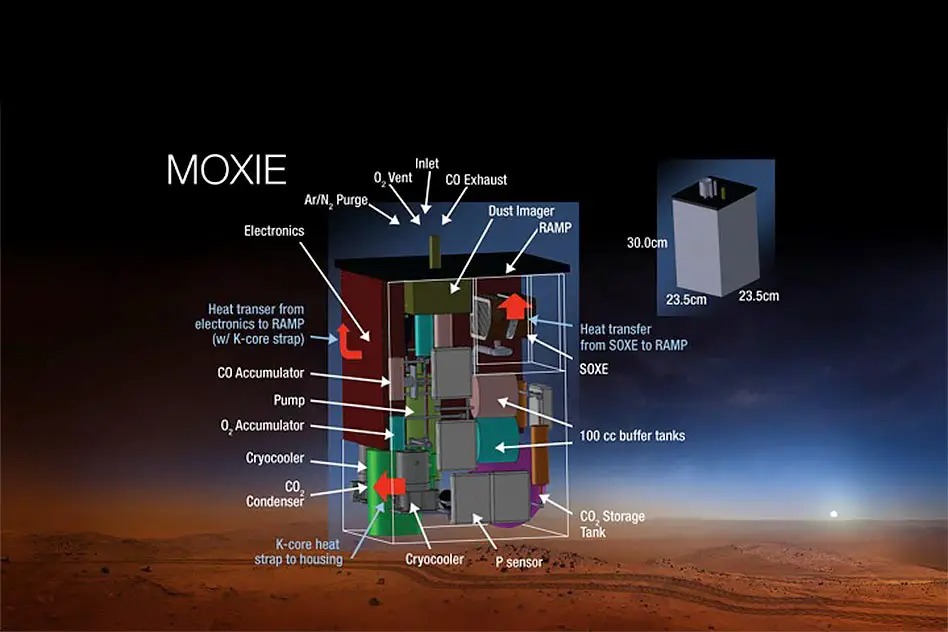NASA has a huge arsenal of projects and research aimed at developing space research and the search for life on other planets. One of the most exciting achievements that NASA has made in the last two years concerns the generation of oxygen on the surface of Mars. This achievement opens up new opportunities for the future colonization of the Red Planet.

Thanks to NASA’s Perseverance rover, which began its mission on Mars in 2021, it was possible to collect important samples and study the terrain of the planet. However, the most important achievement was the creation of a device called MOXIE (Mars Oxygen In-Situ Resource Utilization Experiment). This instrument is able to generate oxygen from the rarefied atmosphere of Mars, making it slightly breathable.

Oxygen from MOXIE
MOXIE has already proven that it is capable of producing oxygen on Mars. This is a very important step in ensuring the life of future astronauts. During the first two years of the mission, MOXIE has generated 122 grams of oxygen, which is already a significant achievement. This amount of oxygen is quite enough for a small dog to breathe for 10 hours.
This achievement is also of great importance in terms of further colonization of Mars. NASA now has a lot of work to do to develop technologies that will generate enough oxygen for an entire colony of astronauts. However, MOXIE is already producing more oxygen than expected, and this is already a great success.
Life and fuel
One of the main advantages of MOXIE is that it can use this oxygen not only for breathing but also for the production of rocket fuel. This makes future trips to Mars much more realistic and efficient, since it reduces the amount of fuel to take with you from Earth.

The researchers are now looking forward to continuing the mission with MOXIE 2.0, which will be able to collect and store oxygen on Mars. The use of such technology can become a key factor for the future colonization of the Red Planet and ensuring the life of astronauts on it.
NASA believes that this achievement exceeds their expectations and paves the way for a future in which astronauts can live on Mars. This is a big step forward in realizing the dream of colonizing and exploring other planets of our Solar System.
Earlier we reported on how oxygen might not be a sign of life on the planet.
According to NASA
Follow us on Twitter to get the most interesting space news in time
https://twitter.com/ust_magazine
